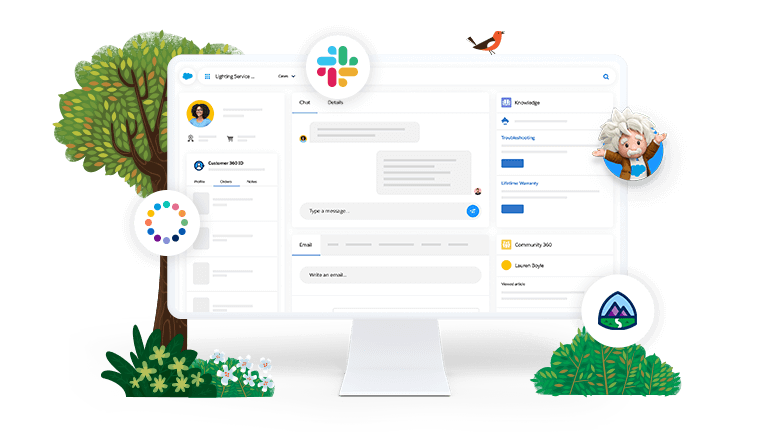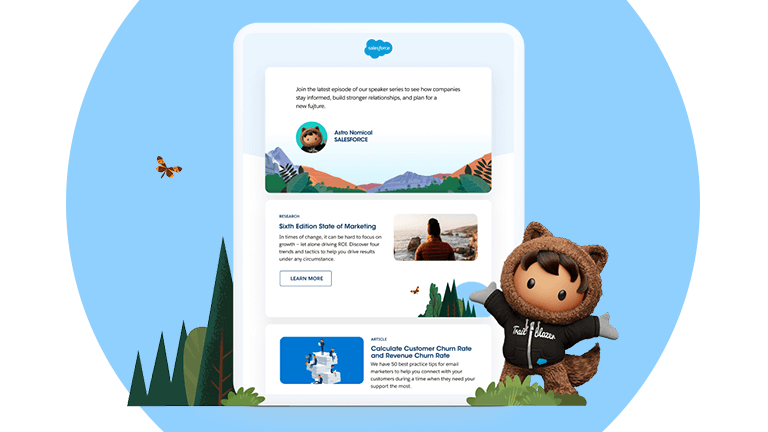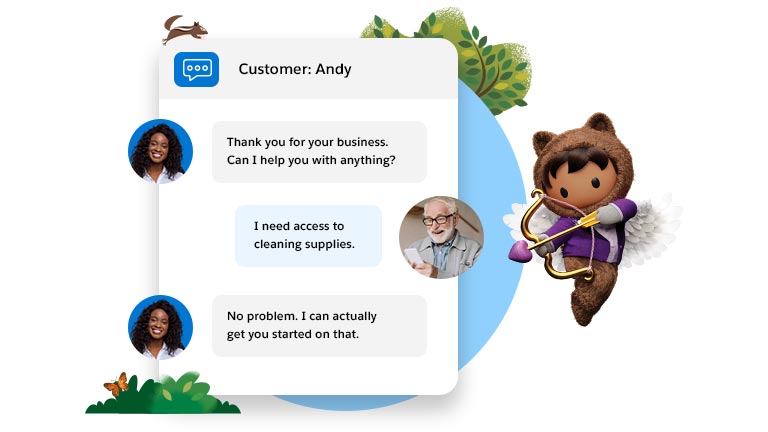The Flexibility Imperative: CEOs, Employees, and the Future of Work
“Flexible” means more than working from home.
“Organizations are going to have to focus on the real, tangible improvements they can make to employees’ lives.”

President & COO
Ceridian
Related Content

Blog
Racial and Economic Inequality Is Costing the U.S. Trillions

Blog
Relationship Building with Distributed Teams

Blog
Hybrid Work Demands New Skills of Leaders
What do 4,100 executives and employees have to say about employee and customer experience?
Sign up once and unlock all our resources.

Trend #1: When it comes to where you work, one size definitely doesn't fit all
Every employee’s definition of “flexible” is different. For some, it means working from anywhere. For others, it’s setting their own hours. Many want a combination of both or more. For leaders who want to enact a clear out-of-the-box solution now, there isn’t an easy answer that will satisfy every employee at every company. But those who make the time to evaluate and embrace the flexibility initiatives that are right for their companies will find the financial benefits are well worth the time investment: 70% of executives agree that a better employee experience leads to a better customer experience, which in turn leads to rapid revenue growth.
Here’s why. You probably won’t be shocked to learn that one study found 30% of employees said less or no time commuting helped them get more done during working hours. What’s more surprising is that the same survey found 43% of respondents said flexibility in working hours helped them achieve greater productivity.
Employees, for their part, are eager for their companies to announce definite plans. But even though flexible models are still evolving, CEOs are learning that the key to making any of the options work is structure.
“Employees, for their part, are eager for their companies to announce definite plans. But even though flexible models are still evolving, CEOs are learning that the key to making any of the options work is structure.”
To create a structure that works for your company, listen to employee feedback by creating working groups within business units. Document group decisions about what ideal flexible work arrangements look like and how to make the best use of in-office hours. Consider:
- Asynchronous scheduling. With asynchronous scheduling, employees work whenever they choose and not necessarily at the same times as others.
- Work from anywhere. Use cloud platforms to empower employees to log in (and stay productive) from anywhere in the world that has an internet connection.
- Letting teams prioritize where and when to work. Teams that work together closely may choose for themselves whether they need to be in the office. Unlike a permanent hybrid schedule (like two days home, three days in the office), in this scenario, teams choose for themselves based on their project load.
“The flexible work environment is really the future. And it will open and unlock both a more equal world and a more productive world.”

President & Chief People Officer
Salesforce
Giving employees more flexibility about where, when, and how they work is a great start. Now you need to keep them engaged by nourishing their careers. To do so, put safeguards into place so that employees who choose to work 9-to-5 hours at headquarters don’t gain unfair career advantages over those who prefer alternate arrangements. You can level the playing field by:
- Monitoring wage and advancement data to determine if office workers are promoted at greater rates than remote workers
- Keeping meetings entirely virtual instead of having some people in a conference room and others dialed in
- Adopting hoteling instead of assigning permanent offices or desks
- Transitioning mentoring and training programs to online platforms like myTrailhead, Salesforce’s digital learning platform
- Ensuring in-office gatherings are impactful, inclusive, and infrequent

Trend #2: The right tech keeps employees productive and engaged. And the wrong tech? Well …
Outdated, cumbersome technology doesn’t just hinder job performance. It’s also a leading cause of employee dissatisfaction that results in turnover. In fact, Adobe’s State of Work report found that 32% of employees left a job because of poor technology. And 49% said they’re likely to leave if bad tech gets in their way.
The good news is that companies used the pandemic to accelerate their technological growth by three to four years in just the first six months of shutdown, according to McKinsey Global Services. Some, like Vodafone, even found the upgrade to digital changed the ways they plan to use technology in the future. Collaboration platforms, weekly video-enabled check-ins, employee surveys, and virtual gifts kept their employees engaged and productive. But they also discovered that they were shaping employees to the needs of technology. Moving forward, they’re considering the ways collaboration technology should be shaped by the needs of their employees. And by needs, they mean wellbeing.
Replicate the results by learning more about what’s getting in the way of your employees. With the right tools, you can connect data across the enterprise, foster collaboration, deliver in-the-moment training, and more. Technology, thoughtfully deployed, keeps teams as close and efficient as ever. Consider:
Collaboration platforms
Integrated CRM solutions
Artificial intelligence (AI) and automation
Health, wellness, pay, and benefits

Trend #3: Employees want fluidity in their careers
“What we intend to do is ask our people how they want to work to understand the work that needs to be done, and to create some new flexible work practices that we think will be better for our people and for our business.”

EVP & Chief People, Policy & Purpose Officer
Cisco
Make flexibility your next imperative
Just like faxing is a relic, so, too, is forcing employees to adhere to an inflexible, 9-to-5 career path. For employees, real flexibility means being trusted to decide what the best ways are to do their jobs — no matter where they are or when they choose to work. It includes access to tools that enable productivity and efficiency, and staying engaged through learning and mentorship opportunities that result in career growth and personal fulfillment.
For leadership, a great employee experience translates into happier customers and faster growth. They just need to decide to do it — no faxing required.
WHAT’S YOUR NEXT MOVE?

Take the next steps on the path to the future of work with these resources:
Related Content

Blog
Racial and Economic Inequality Is Costing the U.S. Trillions

Blog
Relationship Building with Distributed Teams

Blog
Hybrid Work Demands New Skills of Leaders
More Resources

Guide
The Transformation Playbook

Research
The Experience Equation: How Happy Employees and Customers Accelerate Growth

Video
A Conversation with Business Leaders on Injustice and Race


